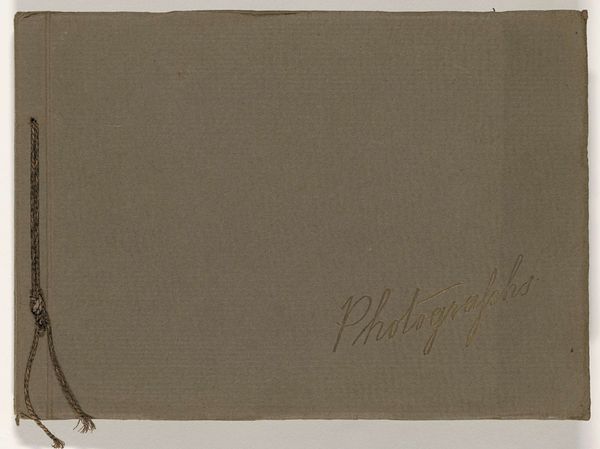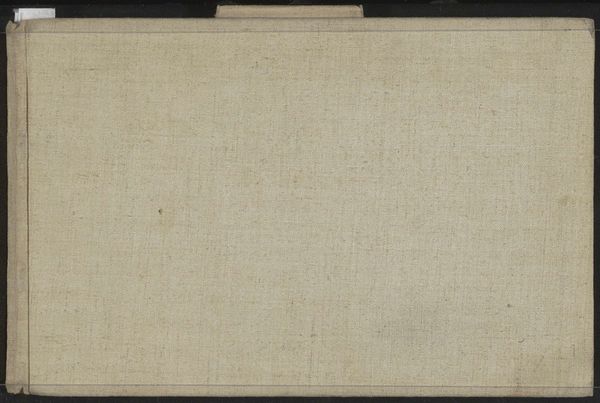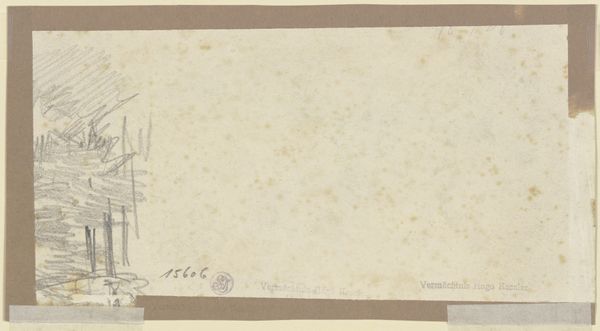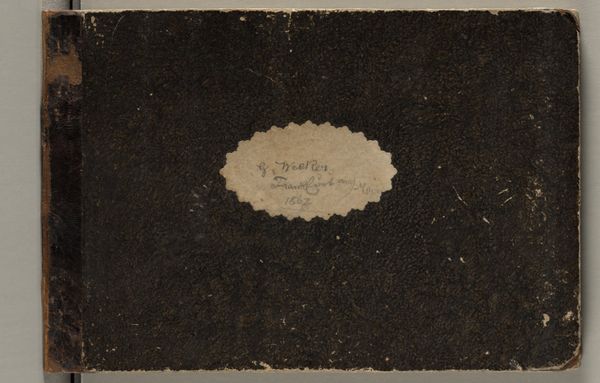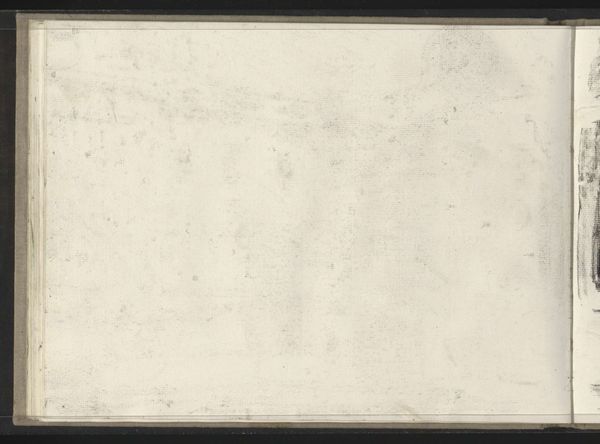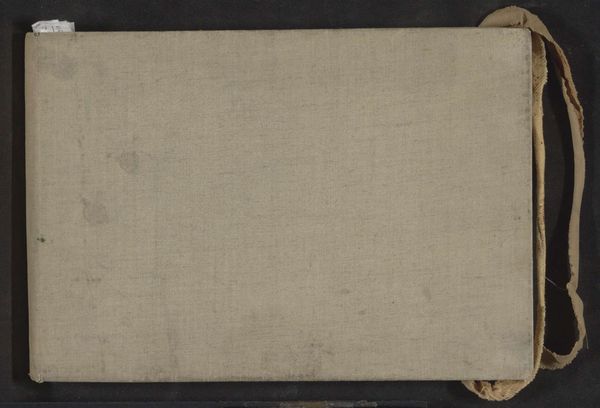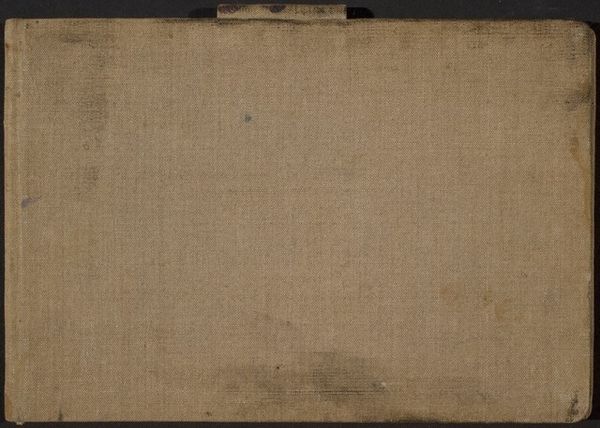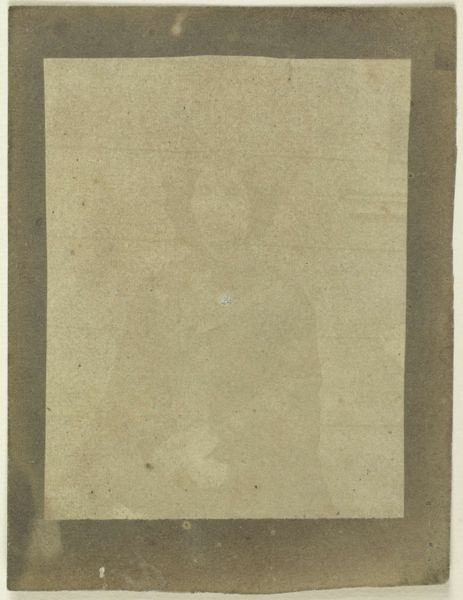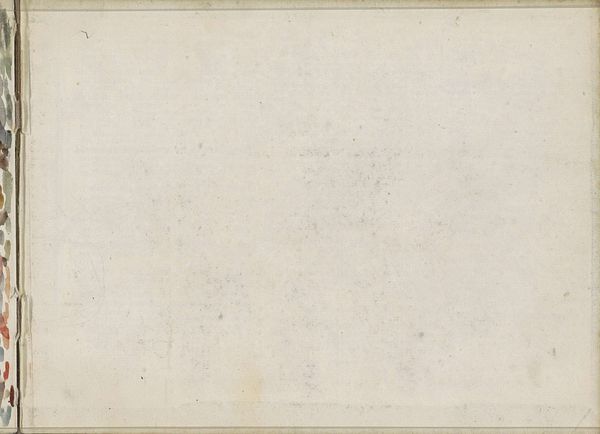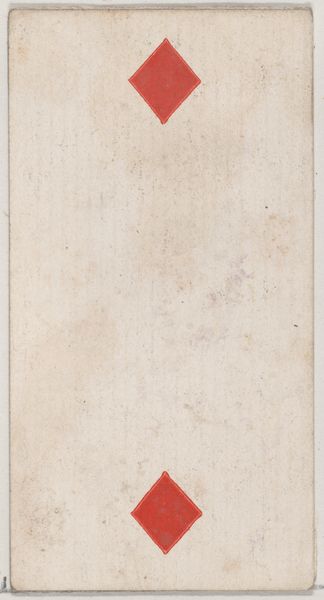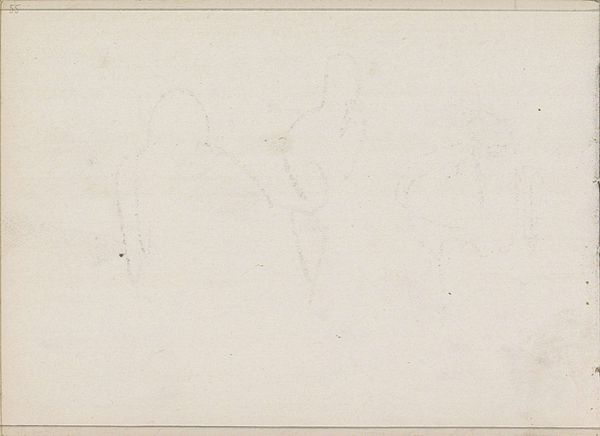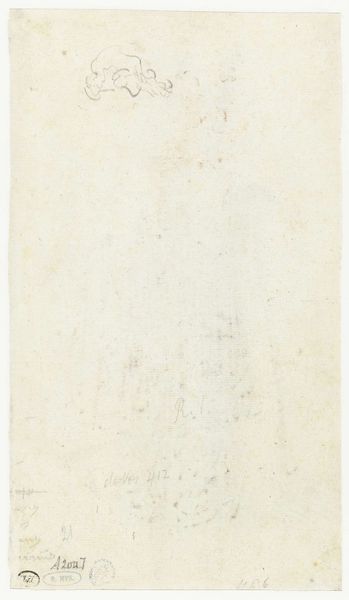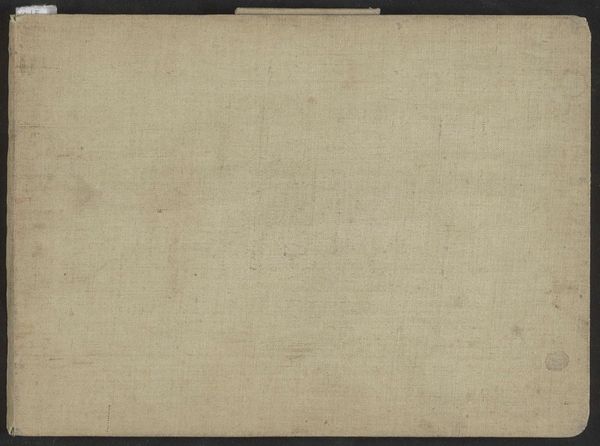
Fotoalbum van de familie Kleiterp-Vermeulen met opnames van de kinderen Klaas en Tiny in Nederlands-Indië c. 1920 - 1925
0:00
0:00
print, textile, photography, albumen-print
#
still-life-photography
# print
#
textile
#
photography
#
coloured pencil
#
decorative-art
#
albumen-print
Dimensions: height 260 mm, width 618 mm, width 330 mm, thickness 20 mm
Copyright: Rijks Museum: Open Domain
Curator: This is a photograph of an album titled “Fotoalbum van de familie Kleiterp-Vermeulen met opnames van de kinderen Klaas en Tiny in Nederlands-Indië," which translates to Photo Album of the Kleiterp-Vermeulen family with recordings of the children Klaas and Tiny in the Dutch East Indies. It was made sometime between 1920 and 1925. Editor: Immediately, the texture of the album’s cover catches my eye—it evokes a sense of something aged and well-handled, holding untold stories within its weave. The cover itself becomes a kind of palimpsest of family memory. Curator: Absolutely, the textile covering certainly adds another layer to its historical presence, making it tactile. I see an emphasis on textile traditions here that act as a link to ideas about the materiality of home, hearth and lived lives. What about the photographic prints it may contain? How might we think about these photographic impressions of Dutch children in colonial Indonesia? Editor: This photographic album can act as a stark document, a tangible manifestation of colonialism and its intimate impact on families. Seeing those innocent childhood portraits potentially interwoven with a broader legacy of imperialism produces an uncomfortable dissonance. Curator: Exactly! We can see, if we will, the visual vocabulary deployed within the Dutch colonial framework. We have what may be posed imagery to send to family ‘back home’, serving to construct the idea of a successful, comforting, familiar Dutch domesticity thousands of miles away. It speaks to both belonging and longing. Editor: And considering the probable audience, we confront not just personal memories but also carefully curated narratives meant to portray colonial life as civilized and safe, conveniently overlooking or obscuring the harsh realities for the indigenous populations. This kind of visual record becomes part of the larger project of justifying colonial endeavors. Curator: Indeed, and in some ways, this decorative-art object now has this whole extra semiotic charge! What starts as mementos mutate and change as their host culture morphs across generations. Editor: Examining this album offers insights not just into personal family history but prompts crucial reflections on the larger societal impact of Dutch colonialism as seen through a uniquely human lens. It pushes us to consider representation and ethics within these powerful legacies. Curator: A seemingly simple family album then expands to invite multilayered conversations on identity, representation, and the visual construction of history itself.
Comments
No comments
Be the first to comment and join the conversation on the ultimate creative platform.
